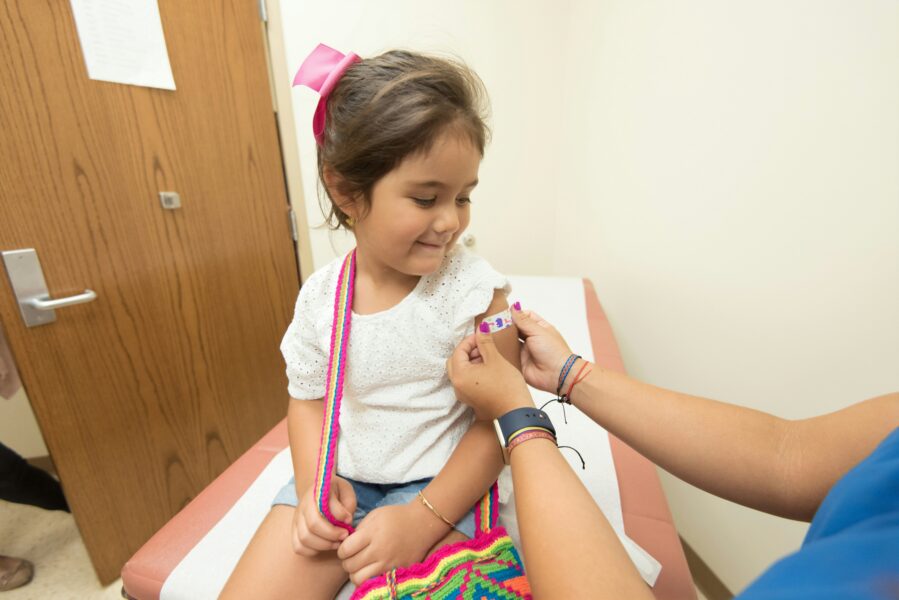In remote areas, First Nations communities and the far north of British Columbia, addressing health disparities is a pressing concern. Nurses working in these regions play a crucial role in providing healthcare services, but they often encounter unique challenges that must be overcome to ensure equitable care for all.

Understanding the Health Disparities in Rural BC
Nurses in rural British Columbia confront a multifaceted array of health disparities. Geographical isolation, inadequate healthcare infrastructure, and historical marginalization are significant factors contributing to these inconsistencies. The remote locations of many rural communities pose challenges in accessing essential healthcare services.
Moreover, historical context, neglect and relegation have perpetuated systemic barriers, exacerbating the disparities faced by residents. As a result, individuals in these areas experience reduced access to healthcare professionals, leading to pronounced health inequities and poorer health outcomes. Attending these inequalities requires comprehensive strategies that encompass improving indigenous healthcare in rural BC, increasing access to services, and addressing the underlying social determinants of health.
By acknowledging and understanding the root causes of these disjunctures, nurses and healthcare professionals can better advocate for and implement initiatives aimed at achieving health equity in rural British Columbia communities.
Health cannot be a question of income; it is a fundamental human right.
United Nations Declaration on the Rights of Indigenous Peoples
Playing a pivotal role in guiding efforts to address health disparities is the United Nations Declaration on the Rights of Indigenous Peoples (UNDRIP).
Embedded within UNDRIP are provisions that underscore the fundamental right to health, the preservation of cultural practices, and the principle of self-determination for Indigenous peoples. Nurses can leverage this framework to advocate for the development of more inclusive and culturally sensitive healthcare systems.
By incorporating the principles outlined in UNDRIP into policies and practices, nurses can work towards ensuring that Indigenous communities receive equitable access to healthcare services and that their cultural rights are respected and upheld. UNDRIP serves as a powerful tool for advancing the health and well-being of Indigenous peoples and promoting greater equity in indigenous healthcare delivery.
Proposed Solutions to Address Health Disparities in Rural British Columbia Communities
To mitigate the healthcare disparities prevalent in rural British Columbia, nurses can play a proactive role in shaping policies and practices that align with the principles of the United Nations Declaration on the Rights of Indigenous Peoples (UNDRIP).
This involves advocating for and implementing initiatives focused on promoting cultural safety, fostering community-based care models, and advocating for a more accessible infrastructure. Additionally, embracing technology solutions such as telehealth services, digital training, and Internet connectivity can complement these efforts.
Leveraging real-time teleconferencing and remote health monitoring tools can enhance access to healthcare services, particularly in remote and underserved areas, thereby advancing more inclusive practises and bridging the gap in healthcare delivery.

Community Engagement and Education
Engaging with local communities and providing education about their rights to healthcare and the significance of preventive care are essential steps in addressing health disparities in rural British Columbia.
Nurses can actively participate in these efforts by fostering dialogue, building trust, and tailoring health promotion initiatives to align with the cultural norms and values of the community. By empowering individuals with knowledge about their healthcare rights and the benefits of preventive measures, nurses can contribute to improving overall health outcomes and reducing disparities.
This approach emphasizes the importance of grassroots community involvement and culturally sensitive education initiatives to foster long-term positive changes in healthcare practices and outcomes.
Collaborative Efforts
Confronting these issues in rural British Columbia necessitates collaboration among various stakeholders, including healthcare providers, policymakers, and community leaders. Nurses play a crucial role in advocating for the allocation of resources to enhance healthcare infrastructure and support the rights of the Indigenous peoples.
Through collective efforts and shared goals, we can make significant progress in reducing health disparities and promoting health equity across rural British Columbia. By fostering partnerships and working collaboratively, we can leverage collective expertise and resources to implement effective strategies that answer to the unique needs of rural communities. This collaborative approach underscores the importance of inclusive healthcare policies and coordinated efforts to achieve tangible outcomes and improvements in rural communities.
As discussed, nurses working in remote areas, First Nations communities and the far north of British Columbia have an important role in addressing this reality. Collaborative efforts, cultural sensitivity and advocacy for inclusive healthcare policies are essential in creating a healthcare system that ensures equitable access and quality of care for all residents in rural British Columbia. To play your part, join our team!

Related ressources
If you want to know more about this subject, we recommend the following articles

